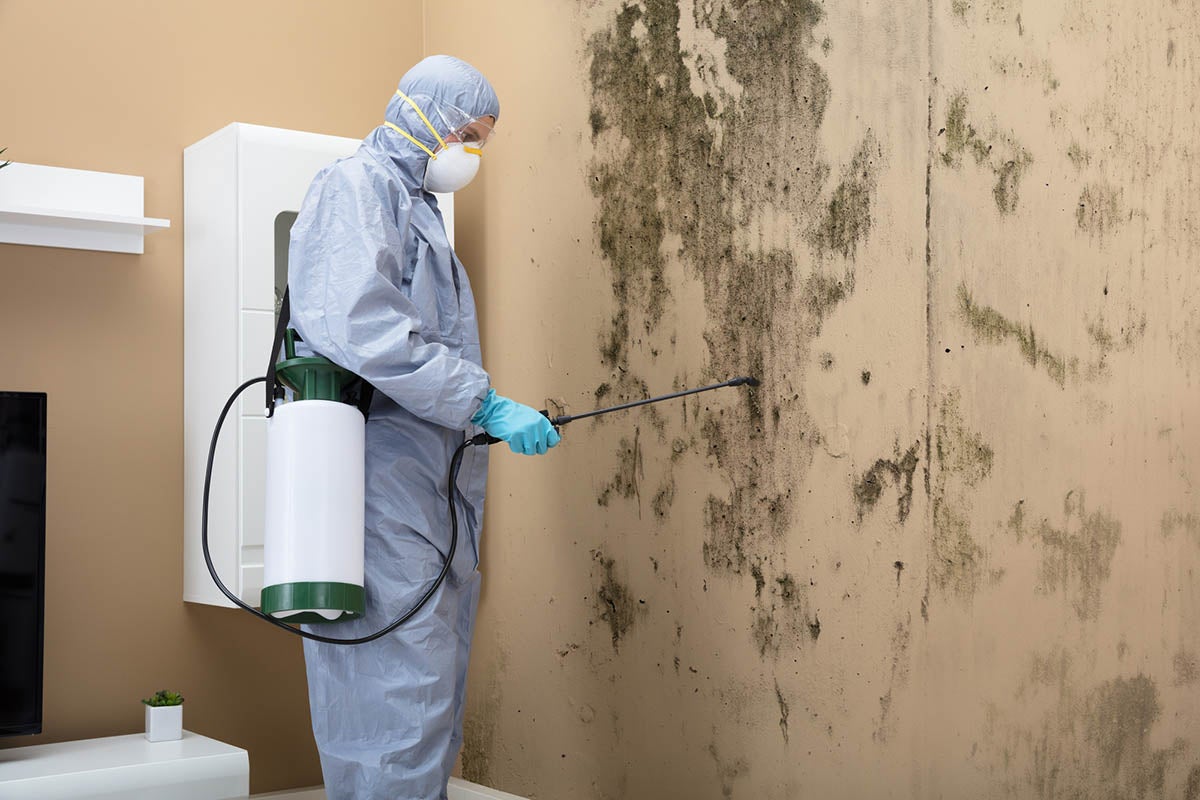Reliable Post Mold Remediation Cleaning Protocols
Reliable Post Mold Remediation Cleaning Protocols
Blog Article
Your Ultimate Guide to Post Mold Remediation Methods
In the consequences of mold and mildew infestation, understanding exactly how to effectively eliminate the mold and mildew and avoid its reoccurrence is vital for maintaining a healthy interior environment. From choosing the best cleaning and sanitizing approaches to implementing techniques for long-lasting mold avoidance, each step in the removal journey plays a crucial role in ensuring a successful outcome.
Recognizing Post-Mold Removal Refine
After finishing the mold and mildew removal process, it is vital to recognize the post-mold removal strategies that are necessary to make sure a reliable and thorough cleaning. When the mold and mildew has been gotten rid of, the next action involves cleansing and decontaminating the affected locations to avoid any kind of regrowth of mold. This includes using specialized cleaning agents to wipe down surfaces and kill any remaining mold spores. It is vital to dry the location completely to dissuade the growth of mold in the future (testing air quality after mold remediation). Appropriate ventilation and dehumidification can help in this procedure.
Additionally, carrying out a last examination post-remediation is crucial to make sure that all mold has been successfully eradicated. If the assessment discloses any sticking around mold, additional removal might be essential.
Efficient Cleansing and Sanitizing Techniques

Avoiding Future Mold And Mildew Development

Significance of Appropriate Air Flow
Appropriate ventilation plays a critical role in protecting against dampness buildup, an essential factor in mold growth within indoor atmospheres. Effective ventilation systems help remove excess moisture from the air, minimizing the opportunities of mold and mildew spores discovering the moisture they require to check my source sprout and spread out. Without adequate air flow, interior areas can become a breeding place for mold, resulting in potential health and wellness threats and architectural damage.
By making sure proper air circulation, ventilation systems can additionally help in drying out damp locations faster after water damages or flooding cases, even more hindering mold visit this site right here and mildew development. what to do after mold remediation. Precede like washrooms, attic rooms, cellars, and kitchens where wetness levels tend to be greater, mounting and maintaining efficient air flow systems is essential in protecting against mold infestations

Surveillance and Maintenance Tips
Provided the vital function that proper air flow plays in avoiding mold development, it is imperative to establish effective tracking and upkeep ideas to guarantee the ongoing performance of ventilation systems. Routine assessments of air flow systems need to be carried out to examine for any kind of signs of blockages, leaks, or malfunctions that might hamper appropriate air movement. Tracking moisture levels within the home is additionally crucial, as high moisture can contribute to mold and mildew growth. Installing a hygrometer can help track humidity degrees and sharp property owners to any type of spikes that might call for interest. In addition, ensuring that air filters are consistently cleaned up or replaced is essential for maintaining the performance of the air flow system. Applying a routine for regular maintenance tasks, such as duct cleansing and cooling and heating system inspections, can help protect against problems prior to they rise. By staying proactive and mindful to the problem of air flow systems, residential or commercial property proprietors can effectively alleviate the danger of mold regrowth and maintain a my company healthy indoor environment.
Final Thought
Finally, post-mold removal techniques are vital for making certain a secure and clean setting. Recognizing the procedure, applying reliable cleansing and decontaminating techniques, stopping future mold and mildew development, maintaining correct ventilation, and routine surveillance are all important actions in the removal process. By complying with these guidelines, you can efficiently remove mold and mildew and prevent its return, working or advertising a healthy and balanced living area for all passengers.
In the after-effects of mold and mildew invasion, recognizing exactly how to efficiently remove the mold and mildew and stop its reoccurrence is critical for preserving a healthy indoor environment. When the mold and mildew has been removed, the next step entails cleansing and disinfecting the affected locations to avoid any type of regrowth of mold - what to do after mold remediation. After getting rid of visible mold growth, it is crucial to clean all surfaces in the damaged location to eliminate any type of staying mold and mildew spores. To better enhance mold and mildew prevention steps, it is important to resolve underlying problems that at first led to mold and mildew advancement.Offered the vital role that correct ventilation plays in protecting against mold and mildew development, it is vital to develop reliable monitoring and maintenance suggestions to guarantee the continued functionality of ventilation systems
Report this page